ASIC Miner ICERIVER KAS KS0 Profitability In the realm of cryptocurrency mining, the Iceriver KAS KS0 miner has garnered widespread attention. Tailored specifically for the Kaspa network's KHeavyHash algorithm, it boasts high hashing power and low power consumption, making it an ideal choice for many miners. In this article, we will comprehensively assess IceRiver KS0 profitability while considering the Kaspa market conditions and the attributes of KS0 miner. Kaspa Market Dynamics Kaspa is a vibrant cryptocurrency network aimed at delivering high performance and scalability for everyday transactions. At the time of writing this article, the Kaspa coin trades at approximately $0.04959. But it's essential to note that cryptocurrency markets are highly susceptible to price volatility. Hence, investors must remain vigilant about market dynamics. Additionally, the Kaspa network's mining difficulty and reward mechanisms play a role in mining returns. Attributes of the IceRiver KS...
Goldshell LT5 Miner Evaluation
The most significant increase in 2021 is not Bitcoin, but Dogecoin, which has risen by more than 800% in 24 hours. I want to evaluate today Goldshell LT5, which can double mining LTC and DOGE.
Let's take a look at its official website parameters:
Product name | Goldshell LT5 |
Power consumption | 2080W |
Hash rate | 2.05GH/S |
Reference price | $3315.07/set |
Daily output | About $4.29 (0.03647274 LTC) |
Net income | $1.92 |
Miner Appearance
The miner's fuselage is still the classic aluminum alloy integrated design, elegant and straightforward.
It is worth mentioning that the Goldshell LT5 fans have only two. Due to the mature technology of the Goldshell miner, this miner adopts the most optimized solution in terms of heat dissipation with a dual-fan design.
The power supply model information is marked on the side of the fuselage.
Close-up of the functional area on the front of the chassis, from left to right: IP reporting button, Ethernet interface, SD card slot, reset button, and status indicator.
Inside the miner
Remove the top, and you can see the main control board and the four hash boards distributed side by side.
Remove the fan and the rear honeycomb panel, and you can see the pull-out hash board structure.
There are 128 chips distributed on the single-chip hash board, and the whole miner has 512 chips. Due to many chips, the heat sink adopts an independent fish scale design with a narrow front and a wide rear, which improves the ventilation rate and heat dissipation performance of the chassis and reduces the weight of the entire miner.
A metal card slot for reinforcing the hash board can be seen in the middle of the front of the chassis.
It is a collection of all the parts of the whole miner. Compared with the four-fan design, the structure is indeed much more straightforward.
The assembly is powered up and the green light is on.
Mining pool configuration
It should be noted that the mining pool needs to register an account, and you cannot use the address to mining directly. You can set it in the account setting option of the fish pool personal center.
The miner settings can all use the default parameters.
The 24-hour average hash rate of the mining pool is 2.07GH/s, which is slightly higher than the official website parameters.
The 24-hour average hash rate of the local backstage is 2.06Gh/s, which is also slightly higher than the official website parameters.
After a period of operation, we can see that the temperature of the air inlet and outlet is 25.5 degrees, which is approximately equal to room temperature;
During operation, the decibel value of the near-end noise is 76.5db, which belongs to the middle level.
The actual operating power consumption is 2119W, slightly higher than the official website parameters, but it is also within the normal floating percentage range.
Core data comparison
Project | Official website data | Actual measurement data |
Hash rate | 2.05GH/S | 2.067GH/S |
Power consumption | 2080W | 2119W |
Temperature | 0-35℃ | 25.5℃ |
Noise | ≤80db | 76.5db |
Summarize
After 24 hours of operation, the LT5 miner has a stable hash rate during its operation. Compared with other models on the market, Goldshell LT5 is the miner with one of the highest hash rates among Litecoin miners. It is understood that Goldshell LT5 is limited in production, which relatively guarantees the rising speed of the total hash rate and mining difficulty of the entire network. Therefore, for new miners, buying it is earning.
The content and pictures of this article are from the Internet, compiled and edited by ZEUS MINING.
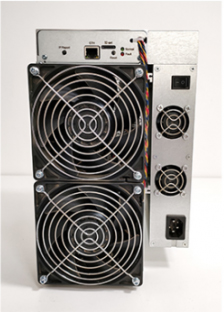




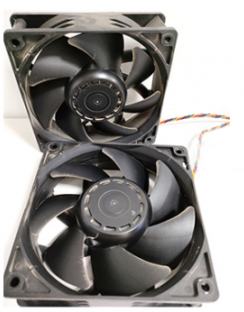
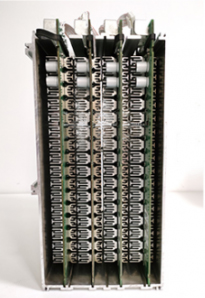
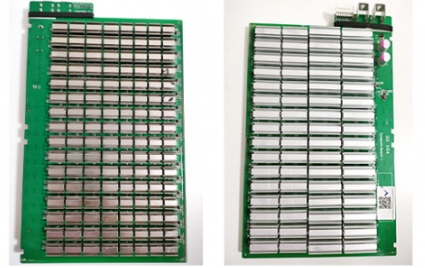


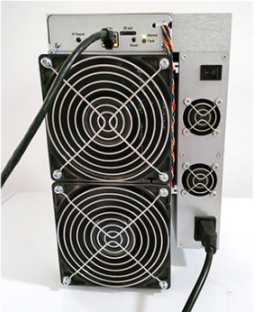




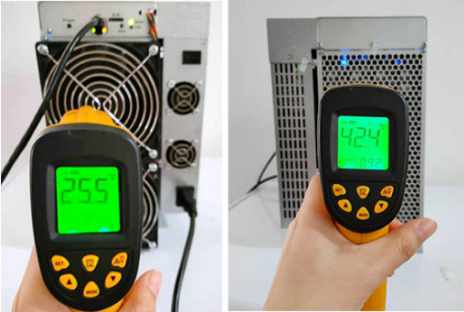

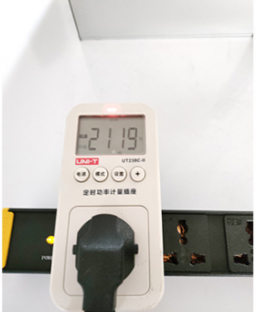
Comments
Post a Comment
Tell us your opinion